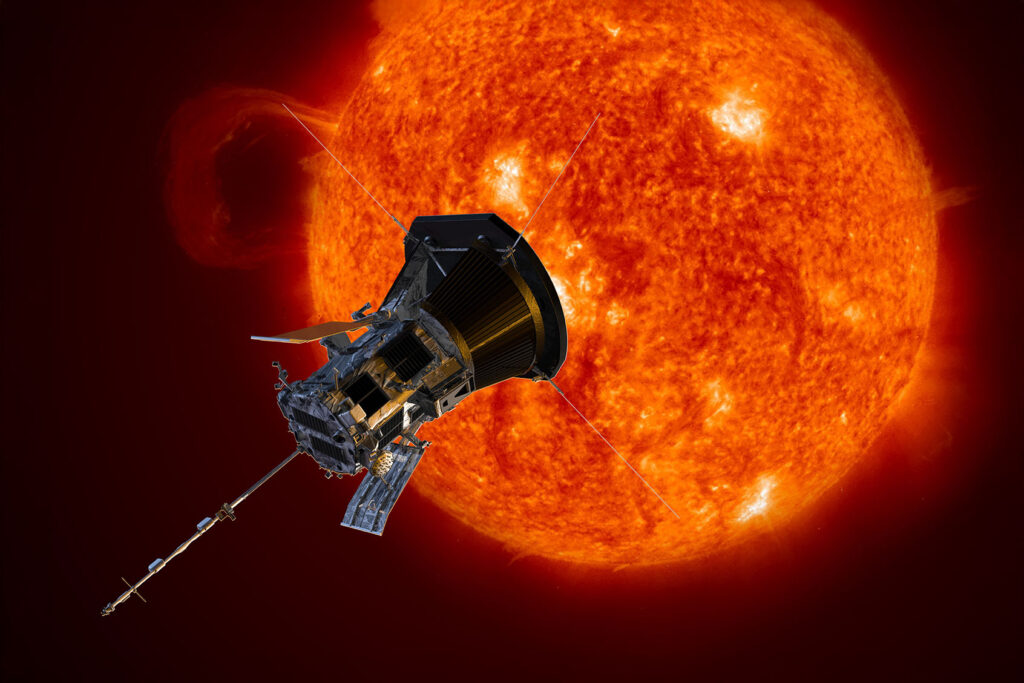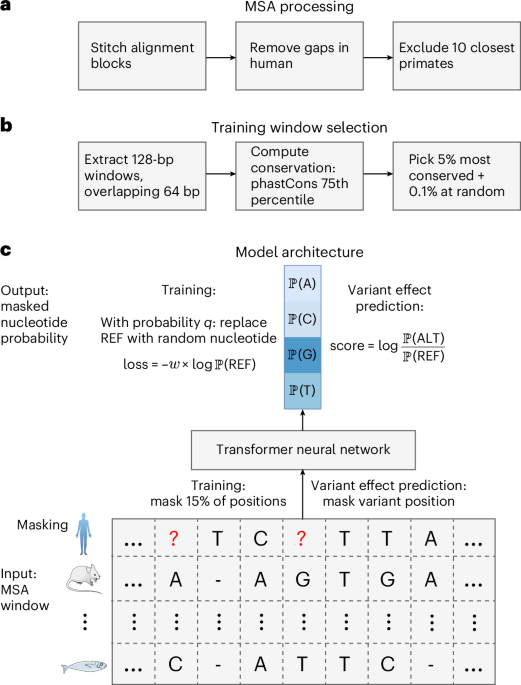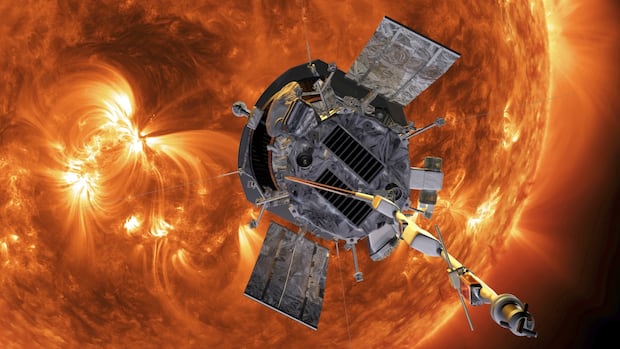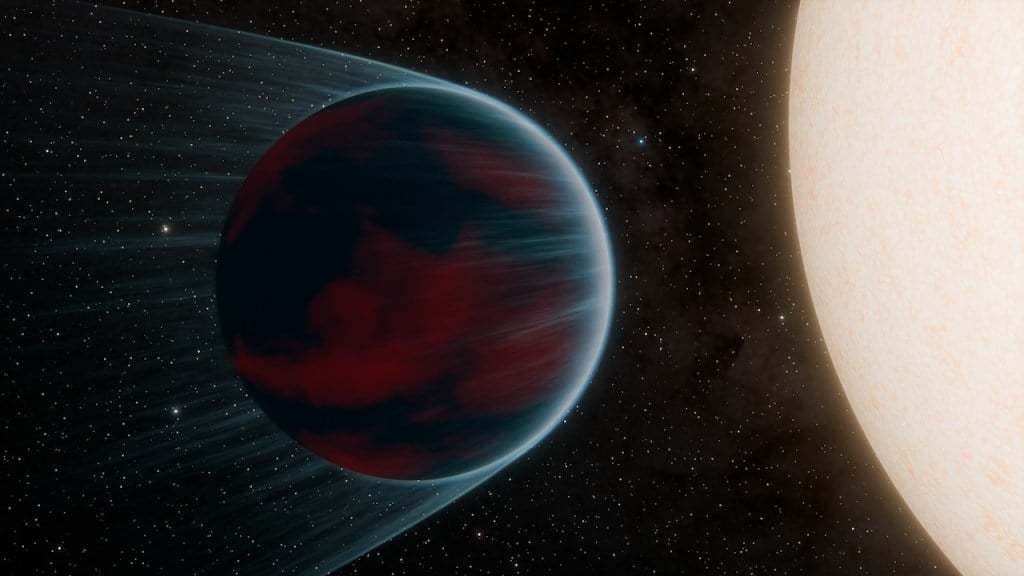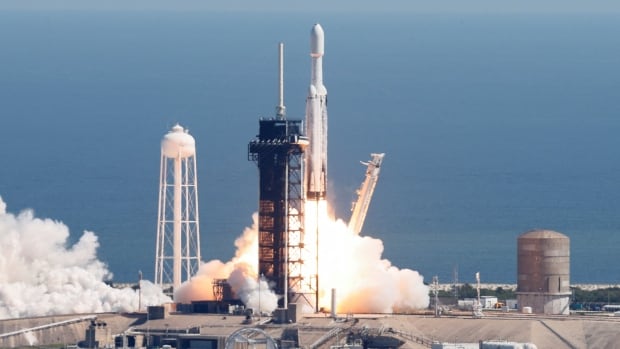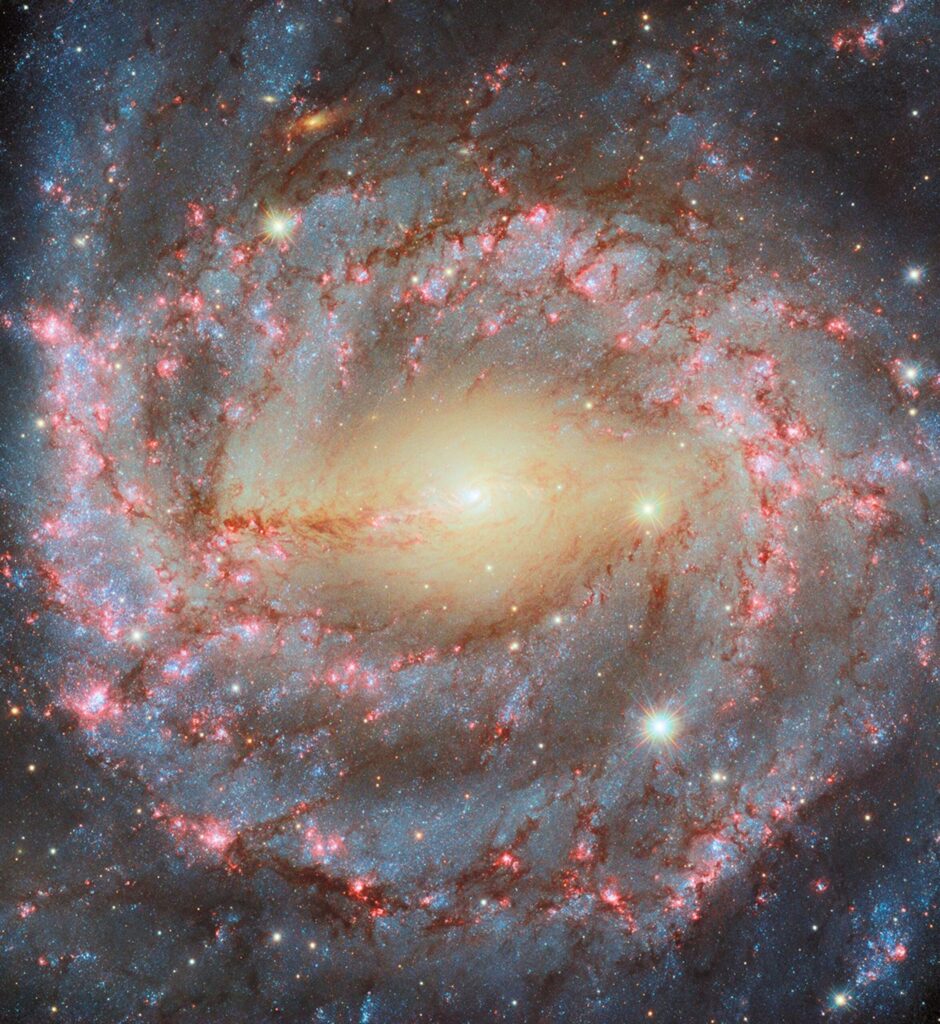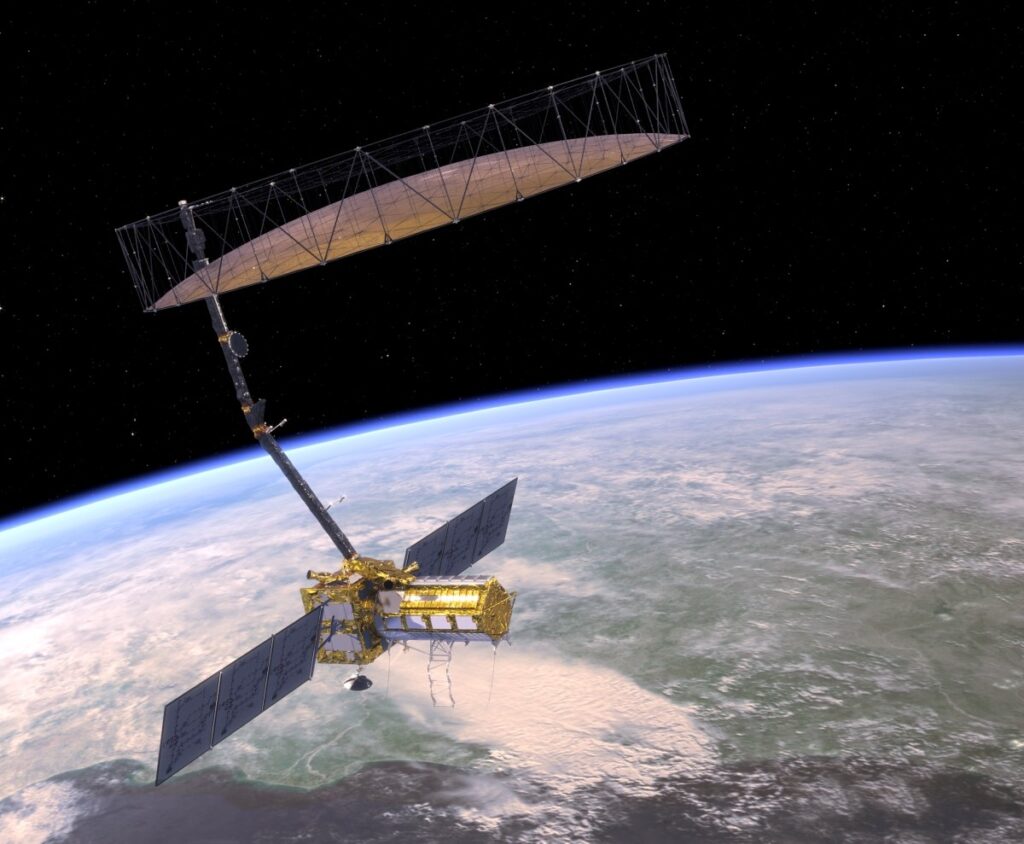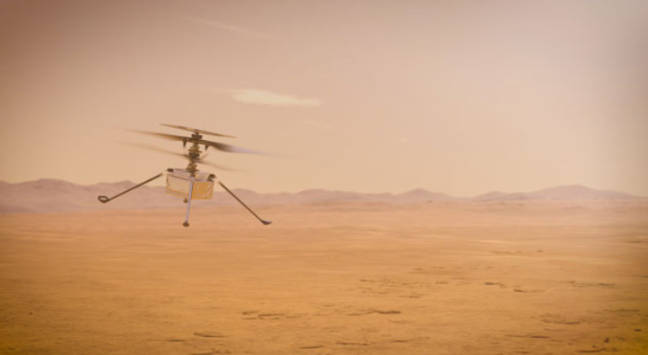Hubble Space Telescope Captures Image of Little-Known Barred Spiral Galaxy
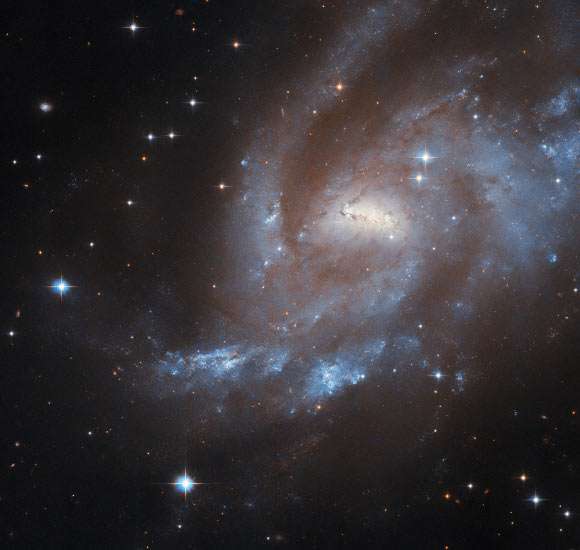
NASA Space Technology
Astronomers using the NASA/ESA Hubble Space Telescope have produced a beautiful image of the barred spiral galaxy UGC 11861.

This Hubble image shows UGC 11861, a barred spiral galaxy located 69 million light-years away from Earth in the constellation of Cepheus. Image credit: NASA / ESA / Hubble / C. Kilpatrick.
UGC 11861 lies in the northern constellation of Cepheus, approximately 69 million light-years away.
Otherwise known as LEDA 67671, IRAS 21557+7301 or TC 609, the galaxy is classified as a barred spiral galaxy and a candidate active galactic nucleus.
UGC 11861 is composed of an exponential disk, a central boxy structure and two broad spiral arms.
“Among the cloudy gases and the dark wisps of dust, this galaxy is actively forming new stars, visible in the glowing blue patches in its outer arms,” the Hubble astronomers wrote in a statement.
“This activity has resulted in three supernova explosions being spotted in and nearby UGC 11861, in 1995, 1997 and 2011.”
“The earlier two were both Type II supernovae, a kind which results from the collapse of a massive star at the end of its life.”
“This Hubble image was made from data collected to study Type II supernovae and their environments.”
The color image of UGC 11861 was made from separate exposures taken in the visible and near-infrared regions of the spectrum with Hubble’s Advanced Camera for Surveys (ACS).
Two filters were used to sample various wavelengths. The color results from assigning different hues to each monochromatic image associated with an individual filter.
“UGC 11861 is located 69 million light-years away from Earth — which may seem a vast distance, but it’s just right for Hubble to grab this majestic shot of the galaxy’s spiral arms and the short but brightly glowing bar in its center,” the astronomers wrote.



 Hot Deals
Hot Deals Shopfinish
Shopfinish Shop
Shop Appliances
Appliances Babies & Kids
Babies & Kids Best Selling
Best Selling Books
Books Consumer Electronics
Consumer Electronics Furniture
Furniture Home & Kitchen
Home & Kitchen Jewelry
Jewelry Luxury & Beauty
Luxury & Beauty Shoes
Shoes Training & Certifications
Training & Certifications Wears & Clothings
Wears & Clothings








